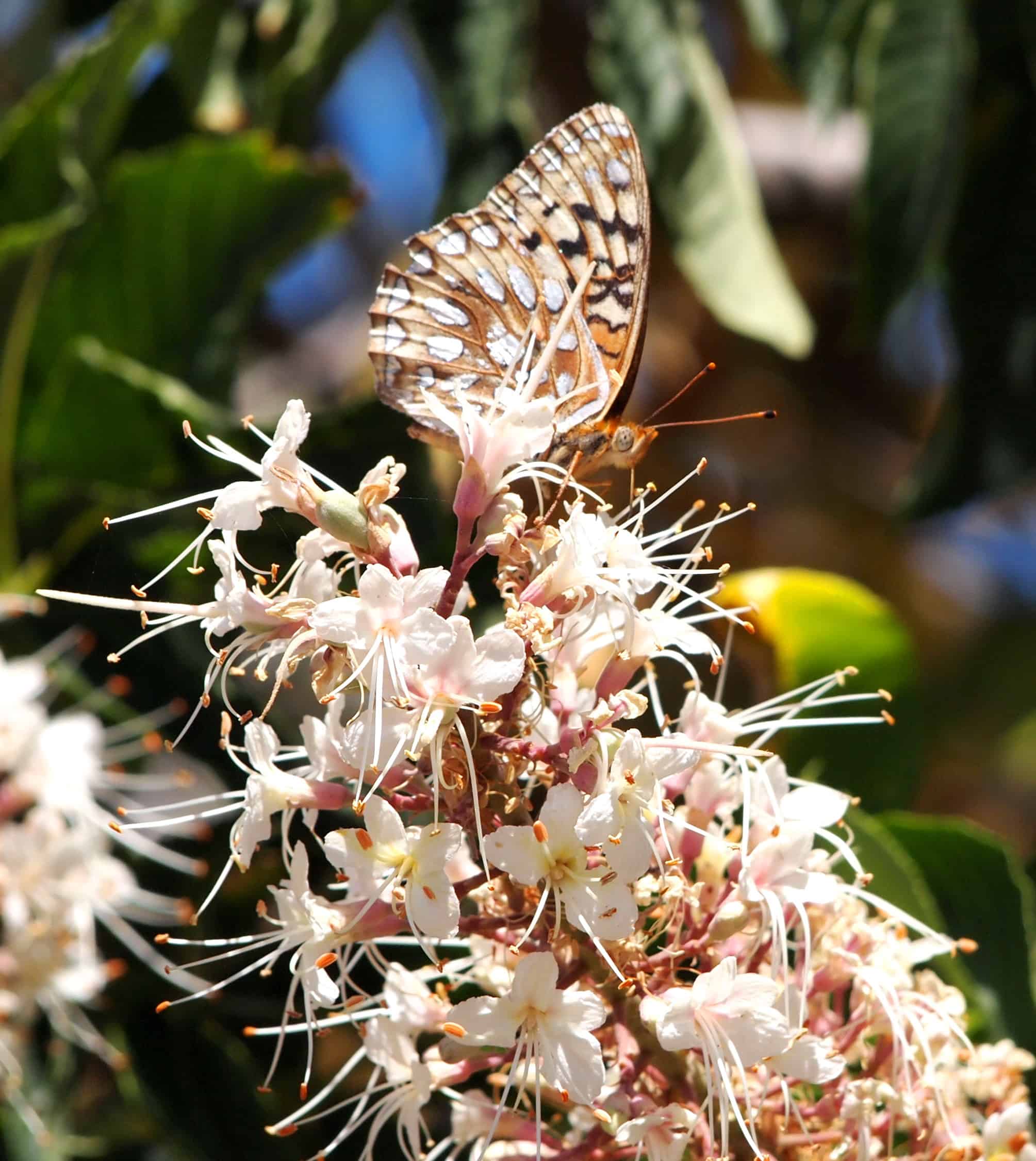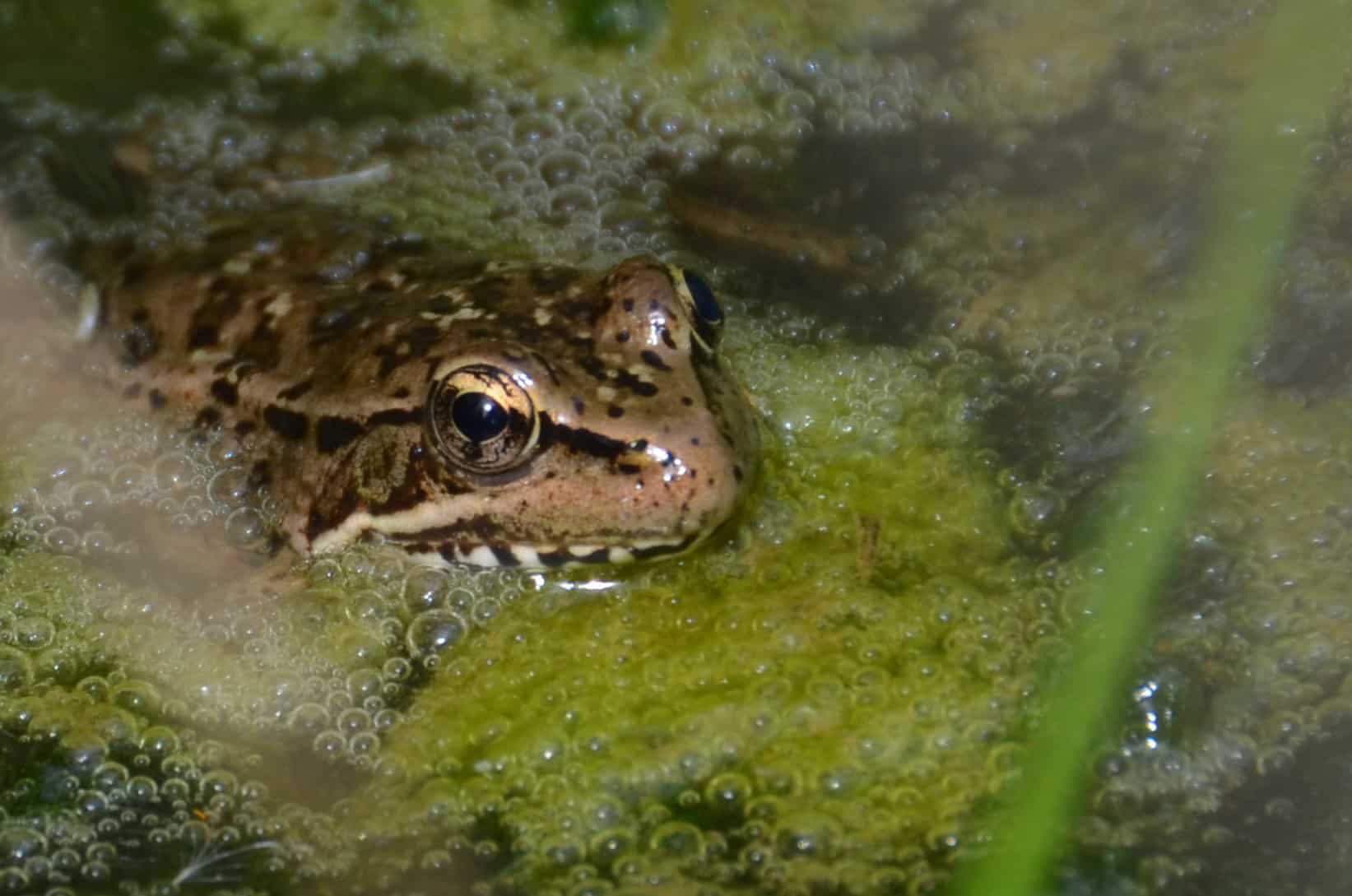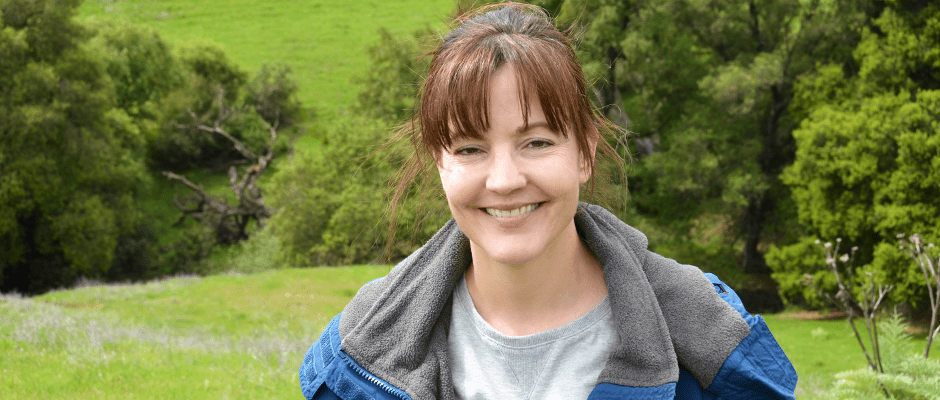Share this article
Site Visit Insights: A bank for conservation
Site visits are critical to helping scientists learn more about species and their habitats. The trips often take them into areas most people do not have a chance to explore, including public and privately-owned restricted sites, as well as some remote and hard-to-reach areas. “Site visit Insights” provides a behind-the-scenes perspective of wildlife biology, featuring photographs, and interesting discoveries and happenings biologists experience in the field.
In cooperation with the U.S. Fish and Wildlife Service, The Wildlife Society is pleased to share these insights.
Wildlife Biologist: Valerie Layne, senior fish and wildlife biologist, Sacramento Fish and Wildlife Office Conservation Banking Division
Site visit location: Ridge Top Ranch Wildlife Conservation Bank, Benicia, California
What was the purpose of the site visit?
Ridge Top Ranch Wildlife Conservation Bank was established to provide habitat for the California red-legged frog (Rana draytonii) and the callippe silverspot butterfly (Speyeria callippe callippe). The purpose of the site visit was to observe the progress of habitat restoration and overall management of the bank site.
The bank is used to offset unavoidable impacts (with U.S. Fish and Wildlife Service approval) to species or their habitat as a result of a project elsewhere that involves habitat disturbance. The bank site did not have any red-legged frogs to begin with, and the consultants worked with the Sacramento Fish and Wildlife Office on a study plan and permit to move red-legged frog egg masses from a nearby location to the restored habitat. They are in their sixth year of implementing this plan.
Where did you go?
Ridge Top Ranch Wildlife Conservation Bank in Solano County. The bank has thirteen stock ponds and a large riparian corridor on the property that supports red-legged frog breeding and non-breeding hydration habitat, as well as the callippe silverspot butterfly.
What partners were you working with and what is the nature of SFWO’s partnership with them?
On this site visit, I met with Ridge Top Ranch LLC (the bank sponsor) and WRA Environmental Consultants (Ridge Top Ranch LLC’ consultant). WRA is conducting the red-legged frog study and monitoring the management of the bank site.
What did you learn from this site visit that you didn’t know before?
I learned that callippe silverspot butterflies may use a chemical means to locate the California golden violet plants that their caterpillars depend on to survive. The violets are small plants with leaves close to the ground. They are most evident when they are in bloom. But the flowers are gone and the plants are often dried up before the butterflies are ready to lay their eggs, so the butterflies must use some means other than visual alone, to find the correct plants near which to lay their eggs. Currently, little is known about how the butterflies identify the correct plants.
What surprises did you encounter during the site visit?
California red-legged frog egg masses that have been translocated from one pond to another are placed in a “nursery” to protect them until the tadpoles reach a size that they would have a chance to escape from predators. On our site visit, the WRA biologists were preparing to count tadpoles and release them from the nursery to complete the latest translocation. The site is very hilly with steep topography, and it had recently rained. So, we had to walk in as the ground was too slick for driving. Before the site visit, it had not occurred to me that the biologists conducting the fieldwork would have to walk in and out again, with their equipment, when it would be dark, and the ground slippery. And they do this multiple times to conduct surveys during the breeding season.
The U.S. Fish & Wildlife Service is a Strategic Partner of The Wildlife Society.

The endangered callippee silverspot butterfly is typically seen from mid-May to mid-July.
©John Cleckler, USFWS

The threatened California red-legged frog is the largest native frog in the western United States.
©Veronica Davison, USFWS
Header Image: Valerie Layne is a senior biologist in the Sacramento Fish and Wildlife Office. ©Veronica Davison, USFWS








